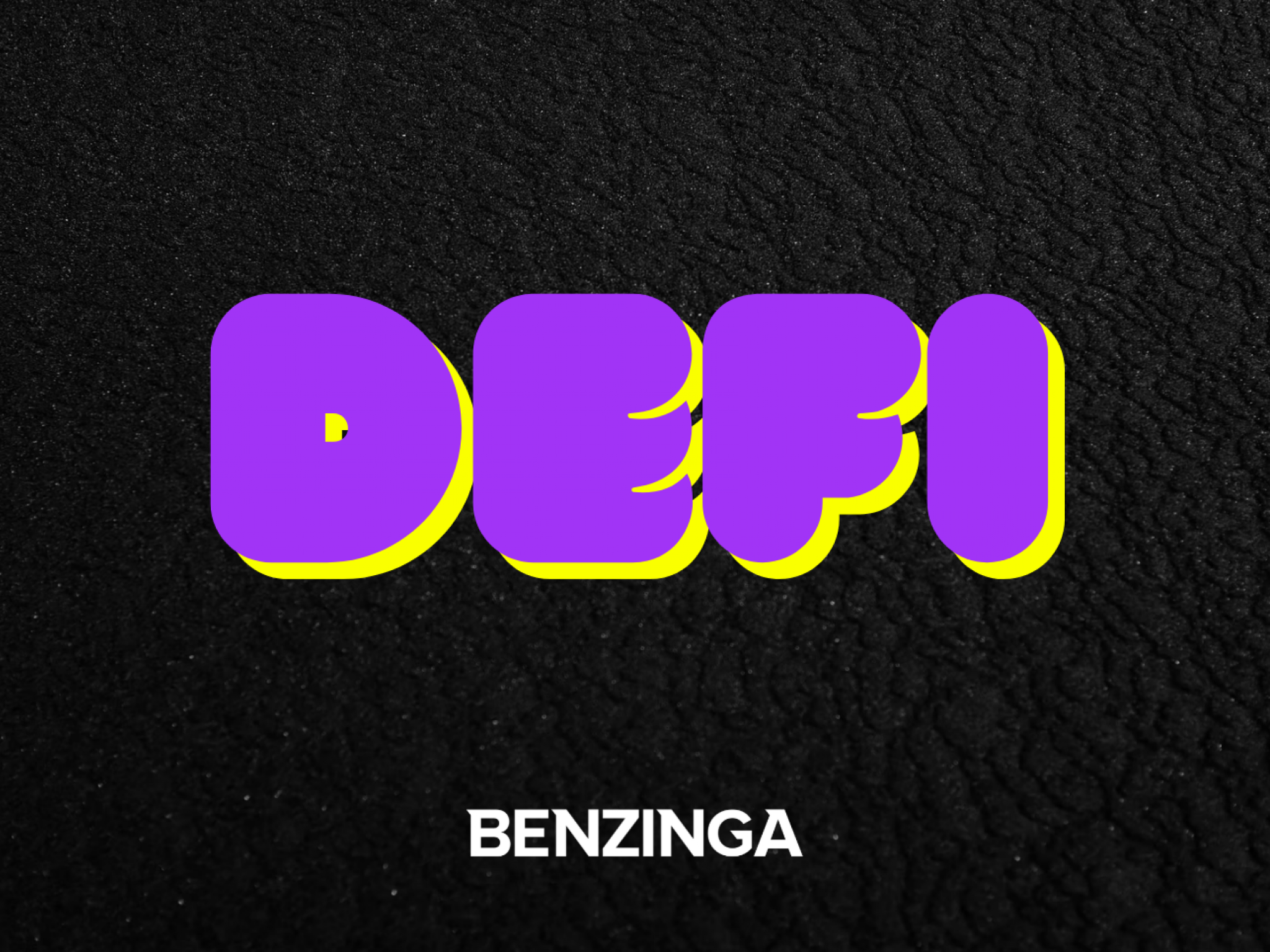
By Diane Dai, DODO co-founder.
Without community-governed stablecoins, DeFi can’t achieve its goals of a more decentralized, community-centric financial system.
Since decentralized finance, or DeFi, emerged several years ago, its creators have been steadily delivering on their promises to reinvent the financial system. Brick by brick, DeFi is rebuilding finance as an open landscape that everyone has equal access to. And people are using it: the amount of capital in DeFi systems, also known as Total Value Locked (TVL), increased by 177 percent in the last year alone.
The expansion of DeFi has also influenced other aspects of the digital asset economy. Specifically, some analysts have pointed to DeFi as one of the main drivers behind a 388 percent increase in the total supply of stablecoins throughout the year, resulting in a total stablecoin market cap of more than $170 billion. Despite the lack of statistics on the number of stablecoins reflected in TVL figures, it’s safe to say that these assets play nothing short of a systemic role in DeFi.
Despite this, there’s a disconnect between the ethos of DeFi and the nature of the largest stablecoins on the market. Indeed, many leading stablecoins – Tether (USDT), Circle Coin (USDC), and others – are controlled by private, centralized companies. Further, over-reliance on these stablecoins is a continuance of traditional finance’s deep, inextricable ties to the USD as a foundational element. Because most centralized stablecoins are tied to the USD, using them simply replicates this over-reliance in a decentralized manner.
In order to realize DeFi’s potential to revolutionize finance, the instruments that we use to transfer and store value must be as decentralized as the platforms that house them. Therefore, creating a truly decentralized and secure DeFi ecosystem requires the widespread adoption of decentralized, community-governed stablecoins, also called branded dollars.
Why Are Stablecoins So Important in DeFi?
Outside the inner circles of the industry, DeFi is commonly associated with the volatility of its assets. In 2021, some DeFi tokens generated multiple triple- or even quadruple-digit returns; others suffered equally dramatic drop-offs.
For many in this world of volatility, stablecoins are the key to price stability. They act as a secure, easy-to-use way of maintaining consistent value. Stablecoins also play a critical role in the way that value moves throughout the DeFi universe: they are often the currency of choice when it comes to sending and spending funds, particularly when multiple blockchains are involved. And it isn’t just about maintaining and transferring value – stablecoins hold the key to participating and earning in many yield-generating DeFi platforms and practices, including lending protocols, token sales, decentralized exchanges, and more.
So if the use of centralized stablecoins in DeFi has been prolific in the past – and continues to be so today – why is it so important to adopt their decentralized counterparts? The answer lies in understanding the inherent risks of all centralized systems.
Why Does DeFi Need Decentralized Stablecoins?
If a house stands on a single support beam, any harm that comes to the beam will undermine the house – no matter how strong it is, the house will fall if this single point of support is compromised. A house that sits on many beams is much more resilient. Similarly, the disadvantage of centralized systems is that they are vulnerable to single points of failure. Decentralized systems, by contrast, have wide networks of support, and are therefore more secure.
No matter how secure a centralized stablecoin may be, it is vulnerable to the things that all centralized financial institutions are: cyberattacks, regulatory changes, compromised servers, and more. Decentralized stablecoins, on the other hand, are owned and controlled by their users, with no third-party authorities or intermediaries, and no single points of failure.
This is particularly true in the context of branded stablecoins, which are decentralized cryptocurrencies that are built by and for use by specific communities and platforms. These types of stablecoins promote the concept of self-sustaining DeFi systems in which users have ultimate governance over the currency they use at the most granular level.
For instance, the DODO team recently worked together with ICHI to introduce oneDODO, a community-governed stablecoin that provides a decentralized alternative to the highly-centralized options available today. This recenters governance and gives community more control over its own destiny.
Further, while many centralized stablecoins offer some level of transparency, their operations take place behind closed doors. Decentralized stablecoins – like all DeFi products and services – are completely open-source. This ensures that users have a transparent view into their inner workings.
Stablecoins Must Be Decentralized, Just Like the Rest of DeFi
This level of resilience and transparency is ultimately why decentralized, community-governed stablecoins must become the norm in DeFi. We can’t continue to rely on the centralized systems that comprise the flawed financial system that DeFi is seeking to reform.
Indeed, without decentralized stablecoins, DeFi innovators risk replicating the same murky infrastructures that comprise traditional finance. Their adoption will lead to a more secure and open DeFi ecosystem – and will make DeFi truly decentralized.
About the author: DODO co-founder Diane Dai is a prolific innovator and thought leader in decentralized finance. Diane was also recently named to Wirex’s 2021 Rising Woman in Crypto powerlist and Hurun China’s Under 30s to Watch.







